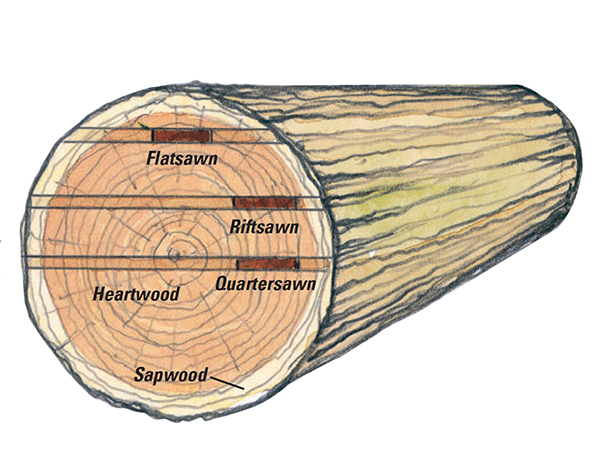
Where a piece of wood is sliced out of a log affects the figure it will present. And the figure of the wood, often called the grain pattern or just the “grain,” strongly affects the appearance of your project. Within a single board you can sometimes find sections of flatsawn or cathedral grain, riftsawn and quartersawn grain. In addition, a board may often contain both heartwood (generally darker in color) and sapwood (often much lighter in color than the heartwood). How you make use of these variations as you create a project is one of the ways to lift your woodworking from regular to regal.
When Does it Matter?
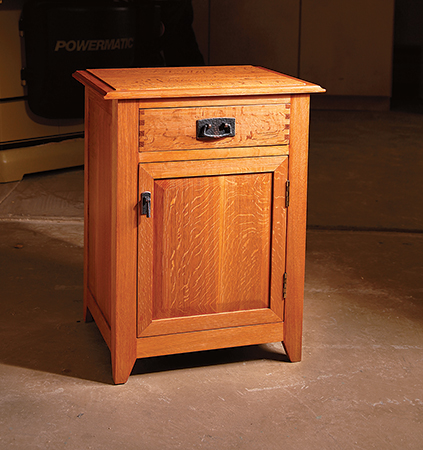
If you are building a set of storage shelves for your laundry room, worrying about the figure of the wood is an unnecessary step. Your concern there is strength and usability. (Can it hold all the laundry detergent and can you reach it?)
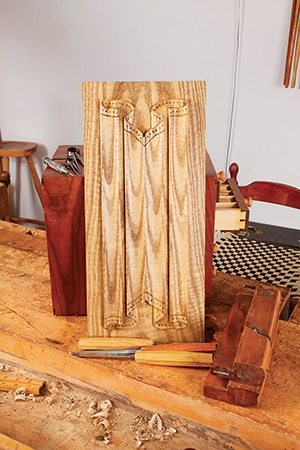
In the same way, the interior and back of a cabinet or chest of drawers are often not seen and as such don’t benefit from a fancy figure. That’s why those components are regularly made from a less fancy secondary wood such as poplar or pine, because while they are structurally sound, they are also less expensive.
Where figure comes to the fore is in exposed areas that are the show faces of your furniture, such as the top of a table or sideboard, the drawer fronts on a chest of drawers or the doors of a tall cabinet. That is where you want to help your project show off and draw the viewer’s attention. It has the effect of a nice shirt and tie worn over a white cotton undershirt.
Other Considerations
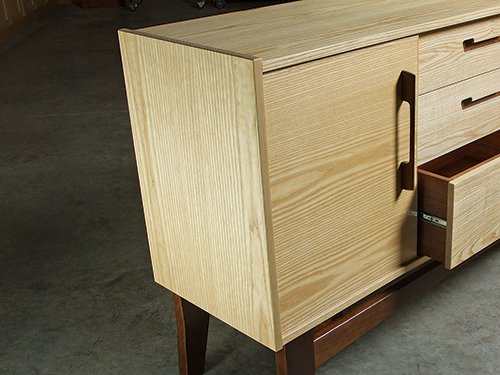
Once you become aware of the different types of figure available, even within a species, it is a great way to spice up the look of your projects. But just as food can become too strong to eat with an overload of spice, so too can excessive figure overpower a piece of furniture.
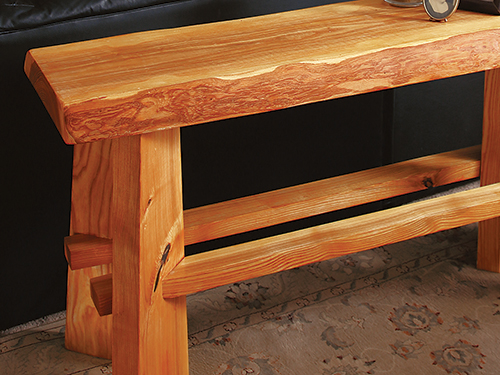
A large project constructed entirely of wood with a crazy wild figure can come off visually as a bit over the top. To keep that from happening, builders will often use exceptional grain in a specific area of a project only — say the top of a chest of drawers or the doors of a tall cabinet. And they will offset that feature with subtler figured wood of the same species to extend a sense of harmony throughout the design. This is one area where handmade furniture has a huge advantage over production pieces: you can choose where to accentuate with figure.
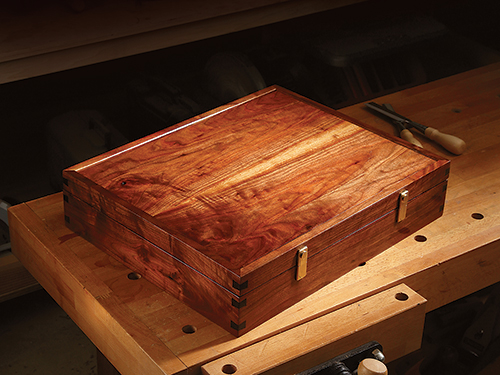
Another place where intense figure is not best used is where there is a lot of machining or carved detail. Using quartersawn white oak in the carved panel on the opposite page would have the figure fighting with the shape of the carving.
You are the Boss
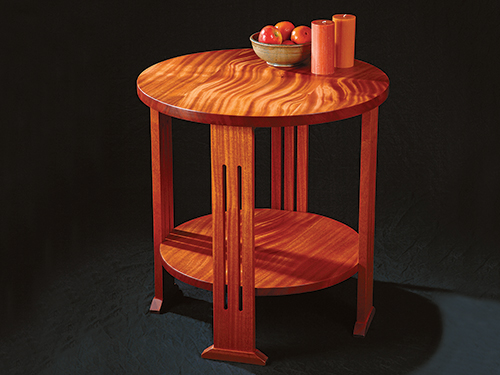
You may have noticed that the directions here have been in the form of guidelines as opposed to rules. All of these choices are subjective, and there are likely no right or wrong decisions. Experimenting with the options is the best way to find your preferences. As stated earlier, this is one of the ways to truly enhance handmade furniture. Learning about figure in lumber is a fun way to advance your skill in the craft.
Lead Illustration by Ian Kirby.






